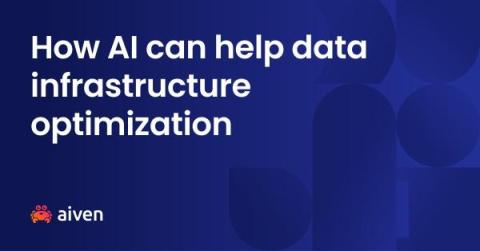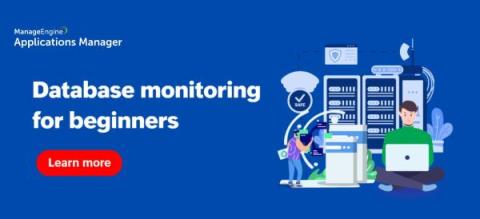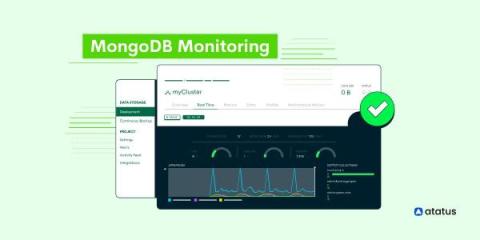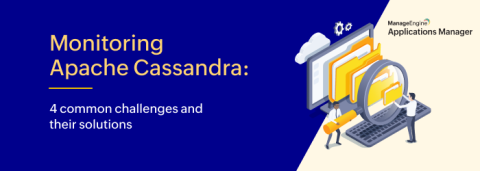Operations | Monitoring | ITSM | DevOps | Cloud
Latest News
Marking deployments and more in Redgate Monitor
Monitoring CouchDB with OpenTelemetry and SigNoz
How AI can change the game in the database and streaming system optimization field
Easy Ways to Fix Unrecognized Database Format Error in MS Access
Database monitoring for beginners: 6 steps to get you started
The MongoDB Monitoring Toolkit
MongoDB is renowned for its ability to scale horizontally, accommodate dynamic schemas, and deliver high-performance results. However, the seamless operation of any database, including MongoDB, relies heavily on efficient monitoring to uncover insights, identify potential bottlenecks, and proactively address issues that may compromise performance and reliability.
Apache Cassandra monitoring: Challenges and solutions
A Deep Dive into Multi-Model Databases: Hype vs. Reality
3 Reasons Why You Need an Embedded, Modern Database
Today's applications demand efficient data handling to provide users with seamless experiences. One solution that has gained prominence is the use of embedded databases, which are integrated within applications rather than relying on external servers. Different from a database for embedded systems, databases embedded within applications offer several advantages for storing data and analyzing it, especially in scenarios where performance, deployment simplicity, and data security are important. Embedded databases, or an embedded database management system (DBMS), can serve a variety of use cases, but are especially valuable for applications that need to provide analytics capabilities.











